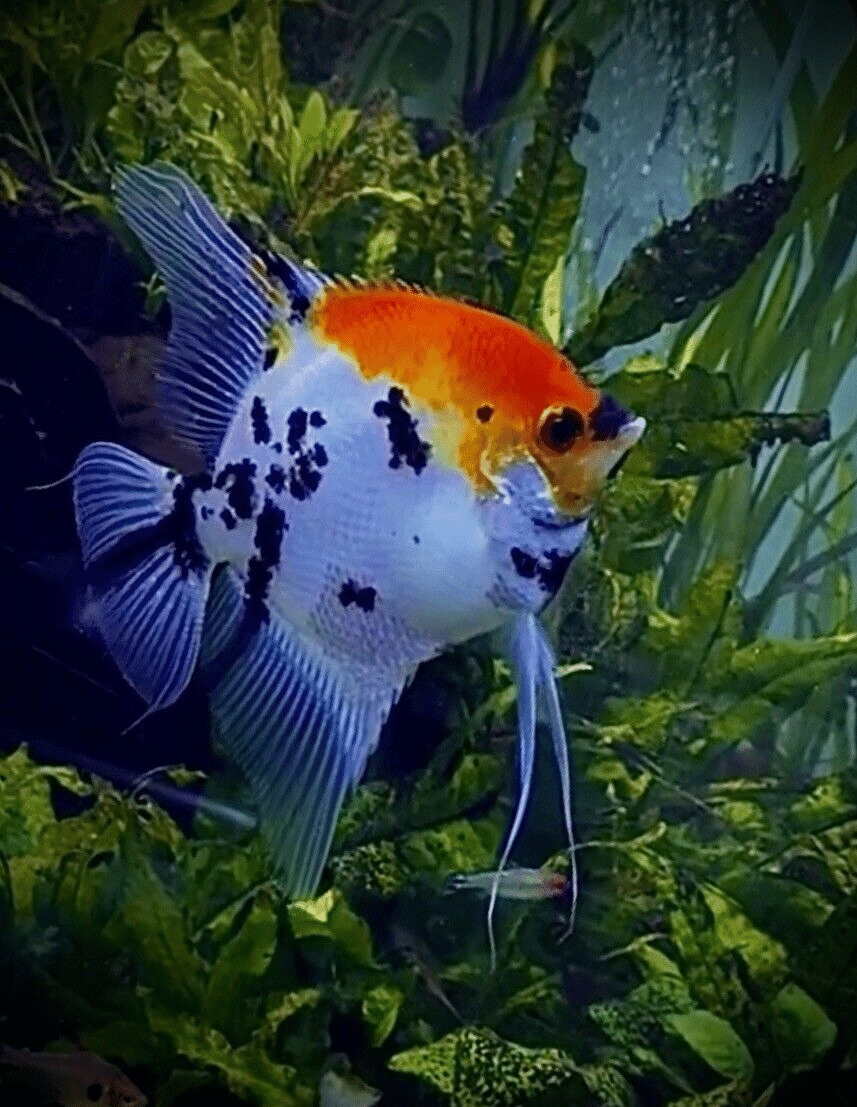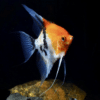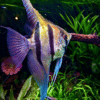To provide the best experiences, we use technologies like cookies to store and/or access device information. Consenting to these technologies will allow us to process data such as browsing behaviour or unique IDs on this site. Not consenting or withdrawing consent, may adversely affect certain features and functions.
The technical storage or access is strictly necessary for the legitimate purpose of enabling the use of a specific service explicitly requested by the subscriber or user, or for the sole purpose of carrying out the transmission of a communication over an electronic communications network.
The technical storage or access is necessary for the legitimate purpose of storing preferences that are not requested by the subscriber or user.
The technical storage or access that is used exclusively for statistical purposes.
The technical storage or access that is used exclusively for anonymous statistical purposes. Without a subpoena, voluntary compliance on the part of your Internet Service Provider, or additional records from a third party, information stored or retrieved for this purpose alone cannot usually be used to identify you.
The technical storage or access is required to create user profiles to send advertising, or to track the user on a website or across several websites for similar marketing purposes.


 Purple Vampire Crab - Geosesarma Dennerle - Decapod Crustacean
1 × £7.74
Purple Vampire Crab - Geosesarma Dennerle - Decapod Crustacean
1 × £7.74 















Emily Carter (verified owner) –
I recently added a Red Cap Angelfish (Pterophyllum) to my aquarium, and I couldn’t be happier! After just two weeks, this beautiful fish has already become the centerpiece of my setup. The vibrant red cap and white body create such a striking contrast, making it visually stunning. I’ve kept many species of aquarium fish over the years, but the personality of this angelfish is truly exceptional—it’s curious and interacts with me every time I’m near the tank.
Compared to other angelfish I’ve owned, the Red Cap seems to have a more lively demeanor and is much less shy. I have a 55-gallon tank, which gives it plenty of space to swim around and explore. It’s been feeding well on high-quality flakes and frozen brine shrimp, showcasing great health and vitality. My only minor concern is that it can be a bit territorial, especially during feeding times, so I recommend keeping it with similar-sized tank mates.
If you’re a fellow aquarist looking for a stunning addition that also has personality, I highly recommend the Red Cap Angelfish. It’s perfect for intermediate keepers who want to enjoy a vibrant, captivating fish without the complexities of some more challenging species. I will definitely be purchasing another one soon!
Emily Carter (verified owner) –
I recently added a Red Cap Angelfish to my 55-gallon tank, and I couldn’t be happier! After about two months of observing their behavior, I can confidently say this freshwater fish is not only beautiful but also a joy to care for. Their bright orange and white coloration truly enhances the aquascape, and their graceful movements are mesmerizing. This angelfish is quite social, often interacting with my other tank mates.
Compared to other angelfish I’ve kept, the Red Cap stands out for its vibrant appearance and calm demeanor. They’ve settled in remarkably well, showing no signs of stress, which is a testament to their adaptability. It’s essential to provide them with a well-planted tank where they can feel secure, and I’ve noticed they appreciate the floating plants I’ve added.
One minor concern was that it took them a bit longer than expected to acclimate initially, so I recommend taking your time with the process. Overall, I highly recommend the Red Cap Angelfish for anyone looking to brighten up their aquarium. They are especially perfect for both beginner and experienced aquarists alike. I will definitely be purchasing more for my community tank soon!